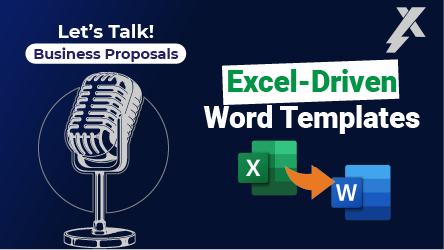Artificial Intelligence (AI) is advancing rapidly, with innovations transforming technology and its applications. Among these innovations, Microsoft has played a pivotal role in developing both Large Language Models (LLMs) and Small Language Models (SLMs). Each type of model offers distinct strengths and potential uses. In this blog post, we’ll explore these models and their differences while highlighting the role of Microsoft OpenAI in this technological evolution.
Microsoft OpenAI: Pioneering Advanced AI Solutions
Microsoft OpenAI represents a strategic partnership between Microsoft and OpenAI, focused on advancing AI technologies for the betterment of society. This collaboration is behind some of the most advanced AI models available today, including:
- GPT-4 (Generative Pre-trained Transformer 4)— a multimodal large language model created by OpenAI
- Codex—for translating natural language into code
- DALL-E—for creating images through natural language
- Whisper—for natural speech transcription
Hosted on Microsoft’s Azure cloud platform, these models are accessible through the Azure OpenAI Service, allowing users to leverage cutting-edge AI for various applications.
Exploring Large Language Models (LLMs)
LLMs are designed to be robust, versatile tools capable of handling complex and diverse tasks. Microsoft’s AutoGen, for instance, utilizes LLMs to power applications that analyze text, images, and audio. Here’s a closer look at what makes LLMs stand out:
Contextual Understanding: LLMs excel at grasping and generating text based on context, enabling them to maintain coherence and relevance in extended conversations.
Wide-Ranging Applications: They are adept at performing various tasks without requiring specific training data, making them suitable for various applications.
Comprehensive Language Skills: LLMs possess a deep understanding of grammar, syntax, and factual knowledge acquired during training.
Creative Content Generation: These models can create diverse types of content, from stories and poems to computer code.
Adaptable Customization: LLMs can be tailored to specific tasks or industries, enhancing their performance in targeted applications.
Despite their capabilities, LLMs have some limitations. They might produce inaccurate or illogical responses and are sensitive to variations in input. Additionally, while designed to protect privacy and not access personal data unless shared in the conversation, their knowledge is limited to their training data.
Unveiling Small Language Models (SLMs)
SLMs, such as Microsoft’s Phi-2 models, offer a more compact alternative to their larger counterparts, with impressive performance despite their smaller size. Here’s what sets SLMs apart:
Efficient Design: SLMs are smaller and more resource-efficient, making them ideal for environments with limited computational resources.
Competitive Performance: Despite their size, SLMs deliver performance that rivals larger models on various benchmarks, providing relevant text understanding and generation.
Task Versatility: They can handle a range of tasks without needing specialized training data, similar to LLMs.
Data Quality Dependence: The effectiveness of SLMs is closely linked to the quality of their training data; high-quality data results in better performance.
Specialized Fine-Tuning: SLMs can be fine-tuned for specific tasks or domains, enabling precise and accurate responses.
Conclusion
Large Language Models (LLMs) and Small Language Models (SLMs) offer unique advantages suited to different needs. LLMs are powerful tools for complex workflows and diverse applications, while SLMs provide high performance in a more compact form. The choice between LLMs and SLMs will depend on the specific requirements of your task. With Microsoft OpenAI’s Azure, you have access to both model types, empowering you to create sophisticated and intelligent applications tailored to your needs.
Contact us today to learn more about how Expedience and Microsoft AI can improve your proposal process!






